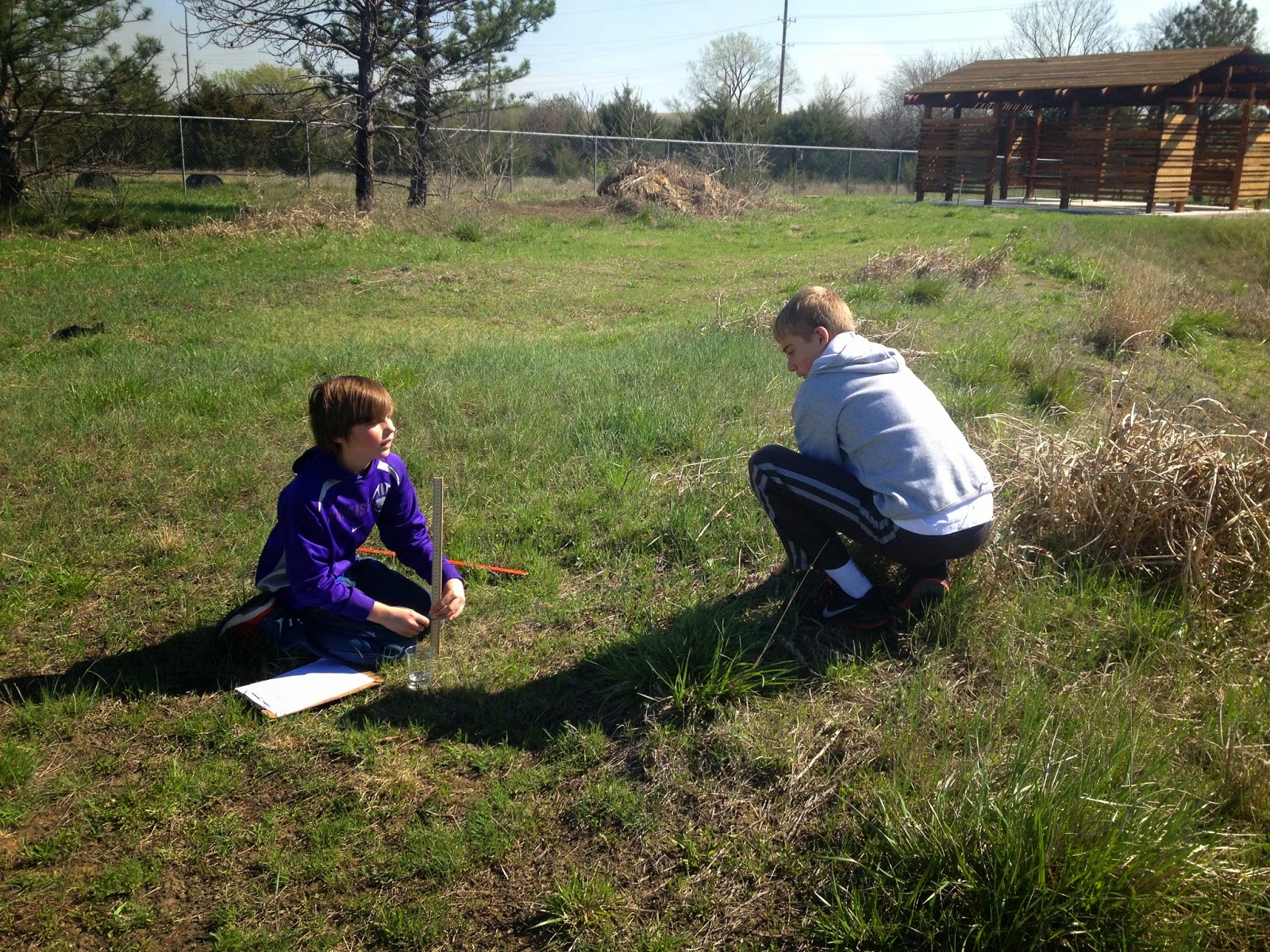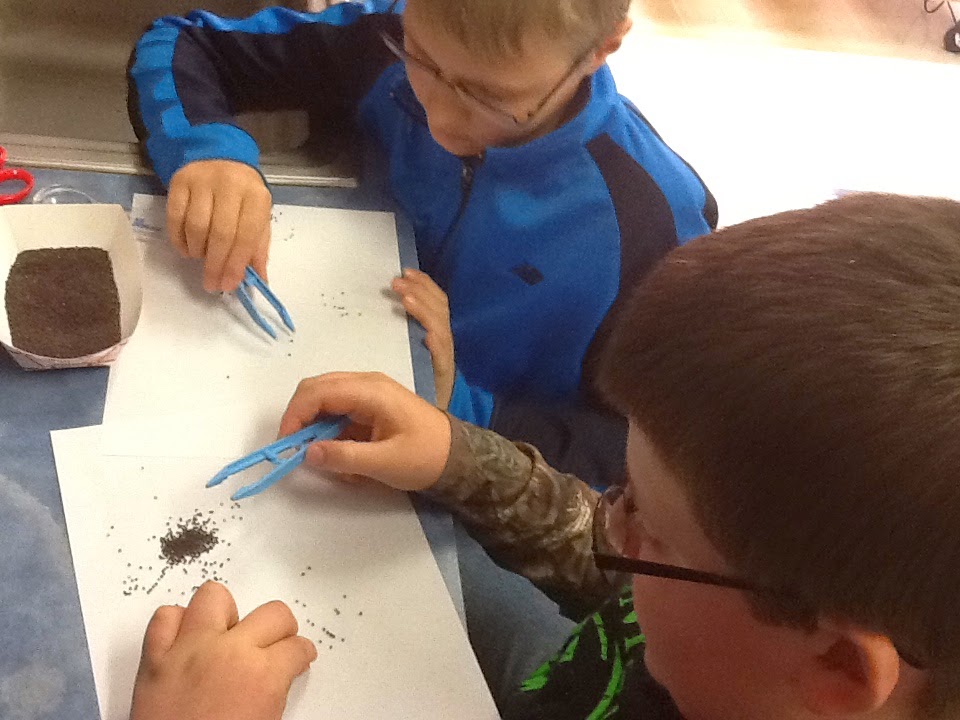The sixth graders visited the energy fair at the Kansas State Fair in Hutchinson on Tuesday, September 15th. Students were greeted by members of the KCC who facilitated several experiments dealing with energy and the conservation of energy. One of the experiments required the students to manually generate enough electricity to turn on a radio. Students walked away with a new appreciation for the amount of power it takes to generate a watt of electricity.
Dan Whisler, from Sterling High School, worked with students to design their own windmill and then test it with an electrical watt
meter to see how many watts of electricity it could generate. If the
windmill failed, students were able to adjust their design and try
again. Engineering at its best!
After the expo, sixth graders were treated to a show from Dr. Goddard's Lab. During this show they learned about the three things needed for combustion. Liquid oxygen and cotton were ignited and created a terrific example. After the demonstration, students were shown how to make rockets using alka-seltzer and water. They were strongly encouraged to use these materials when experimenting at home!!
Dan Whisler, Sterling High School teaching about electromagnets used in windmills.
Abby generating enough electricity to turn on a radio.
Students experimented with oil, soap, and water to make an emulsifier.
Students learned about adding enzymes to oil to change the consistency.
Students were able to enjoy some fair food after the presentations.
Liquid oxygen, cotton, and fire = KABOOM!
Rocket Combustion!








































